In addition to the electrical safety, energy efficiency testing is one of the most important requirements for the export of electronic products to foreign countries. Energy efficiency certification projects in various countries are both mandatory and
voluntary.
Mandatory control includes:
(1) The minimum energy efficiency requirements of the country;
(2) Additional local mandatory energy efficiency regulations established by the local government of the country;
(3) Registration filing requirements;
(4) Energy efficiency label requirements, etc.
Enterprises must meet the requirements of mandatory control range. There have been companies that were not familiar with the Australian GEMS energy efficiency regulations, failed to register their product models as required, and were fined $50,000!
On another level, with the global energy crisis and environmental issues becoming more and more prominent, the formulation and implementation of energy regulations in various countries have played a positive role in improving the efficiency of electricity products, reducing energy consumption and reducing greenhouse gas emissions. At the same time, energy efficiency labeling and tags also provide the necessary information for users and consumers to make purchasing decisions to guide and help them choose energy-efficient products.
Therefore, the energy efficiency regulations and certification requirements of electronic products in various countries is essential for enterprises to effectively avoid risks and broaden product market sales.
1.American Energy Star
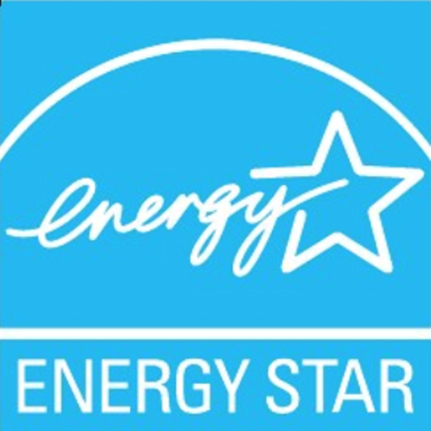
ENERGY STAR is an energy conservation program led by the US government that focuses on consumer electronics. Launched by the US Environmental Protection Agency (EPA) and the US Department of Energy (DOE), it is currently joined by the United States, Canada, Australia, New Zealand, Japan, Taiwan, and the European Union.
(1) Nature of certification: voluntary certification
(2) Scope of application: Contains more than 60 types of products, such as: household appliances, heating/cooling equipment, electronic products, lighting products, etc. At present, the
most widely done in the Chinese market is lighting products.
2.American DLC Certification
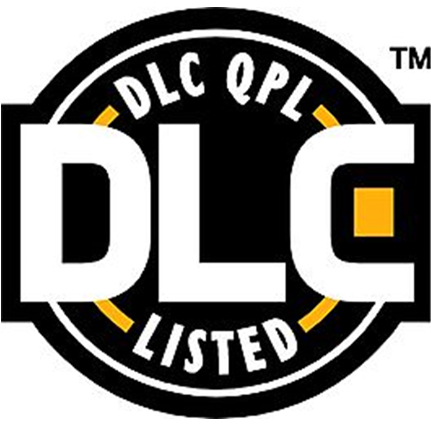
For lighting products, DLC certification can be done for products that ENERGY STAR cannot do at present. DLC (Design Lights Consort) is a joint organization of utility companies and regional performance agencies. The DLC certified product catalog is a practical guideline for measuring high quality, energy efficient lighting products with the goal of improving the energy efficiency of commercial building lighting.
(1) Nature of certification: voluntary certification
(2) Scope of application: Contains more than 30 types of products for solid-state lighting fixtures in the United States that have not been covered by the ENERGY STAR standard.
3.American DOE Certification

△ DOE-external power efficiency rating
The Department of Energy, referred to as DOE, has issued DOE certification in accordance with US federal regulations. The relevant products must meet the requirements of the US federal regulations (10 CFR 430): they must be registered on the DOE official website for registration before sales; for external power supplies, the minimum energy efficiency level IV should be achieved, and the products are It is clearly marked on it.
(1) Nature of certification: mandatory certification
(2) Scope of application: It includes 24 types of products, such as chargers with small-capacity batteries, power adapters, etc., which also include LED bulbs and other lighting products.
4.California CEC Certification
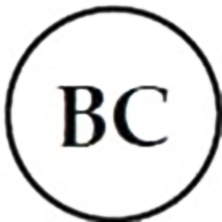
△ The CEC requires that the battery charging system that meets the specifications must be marked with the corresponding symbol, specifically a two-letter with the word "BC" in a circular mark.
The CEC certification is a legally enforced electrical energy efficiency regulation of the California Energy Commission for products exported to California. In accordance with the requirements of this regulation, electrical products must be tested by qualified laboratories in accordance with the relevant standards, and only after they meet the requirements, they can be sold in California.
(1) Nature of certification: mandatory certification
(2) Scope of application: Contains 58 types of products, such as home appliances, power supplies, lamps, etc. For lighting products, you can apply for CEC high-efficiency light source
certification at the same time. This requirement is described in detail in Appendix C8 of CEC.
5. US FTC energy efficiency label
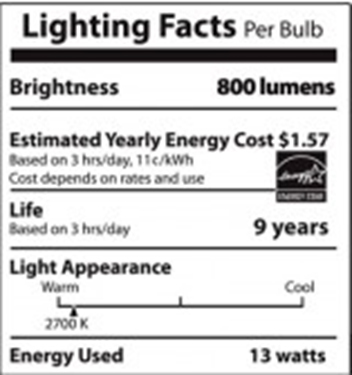
△ FTC-Lighting Facts label(Mandatory)
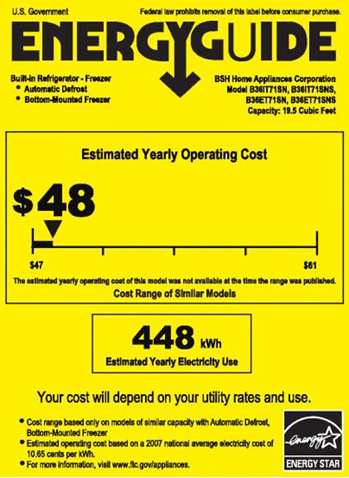
△ FTC-Energy Guide label
According to the requirements of the FTC Act of the US Federal Trade Commission, LED lamps must be labeled with energy labels on the packaging box and the lamp body before they are sold in the US market, and disclose the annual power consumption and life of the product to the public. In addition, the FTC Act requires most home appliance manufacturers to attach an "Energy Guide" label to their appliances.
(1) Nature of certification: mandatory certification
(2) Scope of application: household appliances, lighting products, consumer electronics, bathroom/pipe products, etc.
6. European ErP Directive
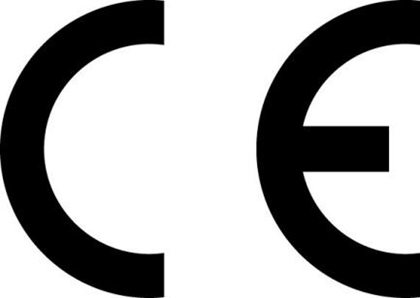
ErP is short for Energy-related Products, an energy-related product. To improve the environmental performance of energy-consuming products and control ecological environment pollution. The ErP Directive is part of the energy efficiency certification of CE certification. If the products imported into the European market belong to the CE range, the CE mark should be carried. There is no Class VI requirement (six-level energy efficiency standard) in the ErP Directive. Currently, reference is made to the European COC Class VI requirements.
(1) Nature of certification: mandatory certification
(2) Scope of application: From the energy-using products in the original EuP Directive to the Energy-related Products in the ErP Directive. Among them, LED lamp bulb products also need
to meet the requirements of ErP, and the certification rules used are: (EU) No 1194/2012.
7. China Energy Efficiency Label
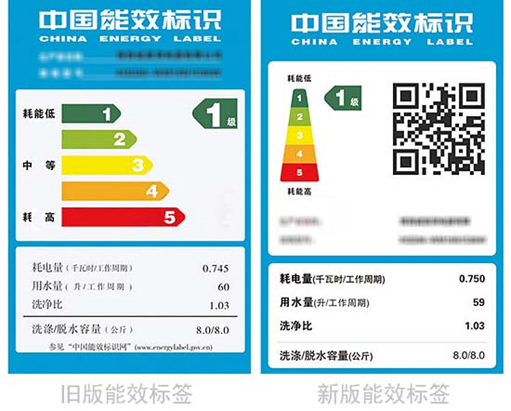
The China Energy Mark is an information logo attached to an energy-consuming product or its smallest package, indicating performance indicators such as the energy efficiency rating of the product. At present, China's energy efficiency label is divided into five levels of 1, 2, 3, 4, and 5. The smaller the numerical level, the higher the energy efficiency, the better the energy saving effect, and the more power saving.
(1) Nature of certification: mandatory certification
(2) Scope of application: The mandatory identification rate starts from air conditioners and refrigerators, and then expands to electric fans, rice cookers, induction cookers, washing
machines, monitors, printers, etc. The "Product Catalogue of the Energy Efficiency Labeling of the People's Republic of China" can be seen in detail.
8. Australian GEMS certification
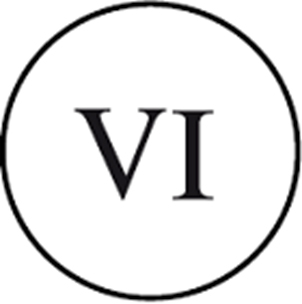
△ Energy efficiency rating
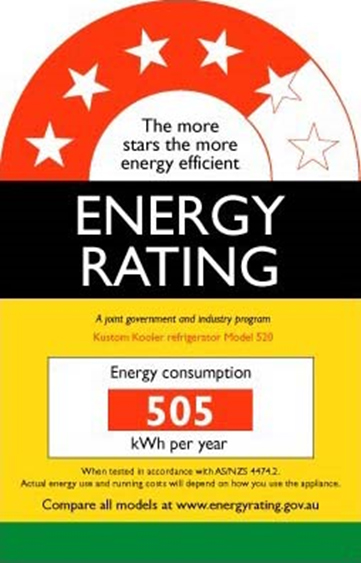
△(Energy Rating label)
GEMS certification is the greenhouse and energy minimum standards regulations implemented by the Australian and New Zealand governments from October 1, 2012, covering the previous major policy tools: mandatory minimum energy efficiency standards (MEPS), energy efficiency labeling (ERLS), equipment Energy efficiency plan (E3); and expand energy efficiency to reduce greenhouse gas emissions and improve energy efficiency. Due to the GEMS certification requirements, applicants must be registered companies in Australia/New Zealand. To a certain extent, there are certain trade barriers to Chinese products.
Energy efficiency requirements for LED lighting products are not covered by this rule. As a result, Australia's Victoria and New South Wales have detailed energy efficiency requirements for LED bulbs and luminaires, namely VEET and Ipart. Currently, this requirement is also widely used throughout Australia.
(1) Nature of certification: mandatory certification
(2) Scope of application: electronic equipment and products such as electric heating equipment, refrigeration equipment, lamps, audio, home appliances, power adapters, etc.
9. Canada NRCan Certification
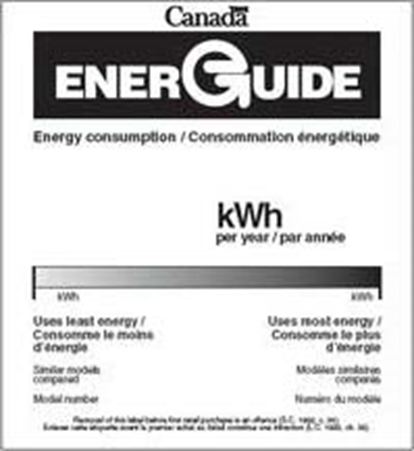
The Department of Natural Resources Canada (NRCan) is the government department of Canada that oversees and enforces energy efficiency regulations. The regulation imposes requirements on the minimum energy performance level of various energy-consuming products, and requires the labeling of energy-consuming products to be listed. Since the Energy Guide in Canada is compliant with the US Energy Guide, it can enter the US and Canada markets with one approval. In most cases, products that meet US Energy Star requirements also meet the requirements of the Canadian Department of Natural Resources.
(1) Nature of certification: mandatory certification
(2) Scope of application: Contains more than 50 different types of energy-using products, such as lighting products, household appliances, heating and ventilation equipment.
10. Mexico NOM Certification
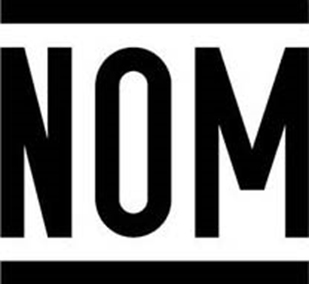
The NOM (Normas Oficiales Mexicanas) logo is a mandatory safety symbol for Mexico. Products manufactured or imported locally in Mexico are subject to relevant NOM standards and product labeling requirements. Mexico only recognizes its own NOM mark and does not recognize the safety signs of the United States and Canada. There are two types of verification units in Mexico that can issue NOM Marks, NOM NYCE and NOM ANCE. The NOM logo often appears with NYCE or ANCE.
(1) Nature of certification: mandatory + voluntary
(2) Scope of application: Compulsory certification products are generally electrical and electronic products with voltages exceeding 24V AC or DC, mainly for product safety, energy efficiency
and thermal effects, installation, health and agriculture.